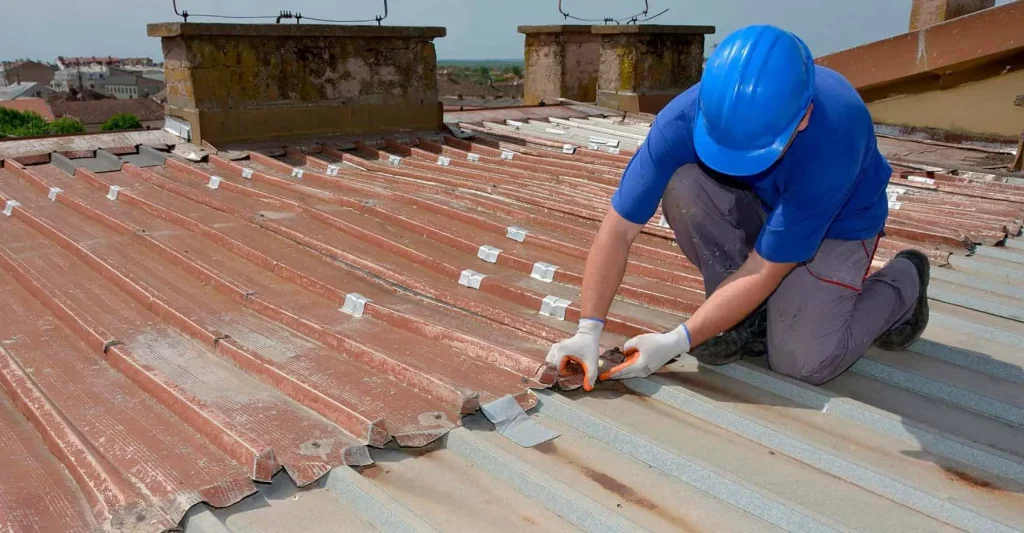A metal roof is an investment in your home that offers durability, longevity, and energy efficiency. It’s no wonder why many homeowners are opting for metal roofing as an alternative to traditional asphalt shingles. While metal roofs are known for their longevity, like any roofing material, they will eventually require replacement. In this article, we will explore the factors that determine how often you need to replace a metal roof and provide essential tips for prolonging its lifespan.

Factors Affecting the Lifespan of a Metal Roof
Several factors come into play when determining the lifespan of a metal roof. Understanding these factors can help homeowners make informed decisions and take appropriate measures to extend their roof’s longevity.
1. Quality of the Metal Roof
The quality of the metal roofing material itself plays a significant role in its lifespan. Higher-quality metal roofs, typically made of materials like steel, aluminum, or copper, can last much longer than lower-quality options.
2. Coating and Finishes
Metal roofs are often coated with protective finishes that enhance their resistance to rust, corrosion, and fading. The type and quality of these coatings can impact the roof’s lifespan.
3. Climate and Weather Conditions
The climate and weather conditions in your region can affect how long a metal roof lasts. Harsh weather elements, such as heavy rain, snow, hail, or intense sunlight, can accelerate wear and tear on the roof.
4. Installation Quality
Proper installation is crucial to the longevity of a metal roof. A poorly installed roof may experience issues and require replacement much sooner than a professionally installed one.
5. Maintenance and Care
Regular maintenance and care can significantly impact how long your metal roof lasts. Cleaning debris, inspecting for damage, and addressing issues promptly can help prolong its lifespan.
Average Lifespan of a Metal Roof
The average lifespan of a metal roof varies depending on the factors mentioned above. Generally, a well-maintained and properly installed metal roof can last anywhere from 40 to 70 years or more. Some high-quality metal roofs with premium coatings and materials have even been known to last over a century.
Tips for Prolonging the Lifespan of a Metal Roof
While metal roofs are already known for their longevity, there are several steps homeowners can take to ensure their roof lasts as long as possible.
1. Regular Inspections
Schedule regular inspections of your metal roof, especially after severe weather events. Look for signs of damage, loose screws, or any issues that need attention.
2. Prompt Repairs
If you notice any damage or issues during inspections, address them promptly. Small problems can quickly escalate into more significant concerns if left unattended.
3. Keep It Clean
Regularly clean debris, leaves, and other materials off the roof. Accumulated debris can trap moisture and lead to rust and corrosion.
4. Avoid Foot Traffic
Minimize foot traffic on the metal roof to prevent unnecessary wear and tear. When inspections or repairs are necessary, use walkways or crawl boards to distribute weight evenly.
5. Hire Professional Installers
Ensure your metal roof is installed by reputable and experienced professionals. Proper installation is crucial for maximizing the roof’s lifespan.
Conclusion
The lifespan of a metal roof is influenced by various factors, including the quality of the materials, installation, maintenance, and local climate conditions. With proper care and maintenance, a well-installed metal roof can last several decades, providing long-lasting protection and peace of mind for homeowners. By understanding the factors that affect the lifespan of a metal roof and following the recommended maintenance practices, homeowners can enjoy the benefits of their investment for many years to come.



Leave a Reply